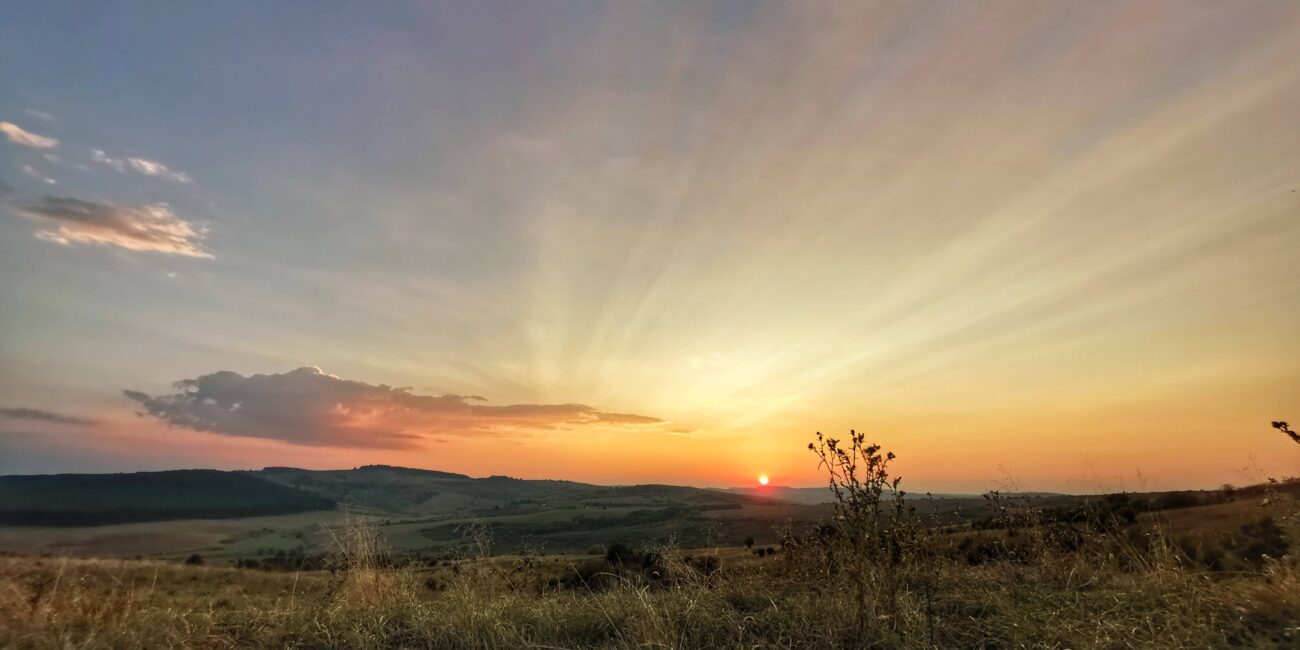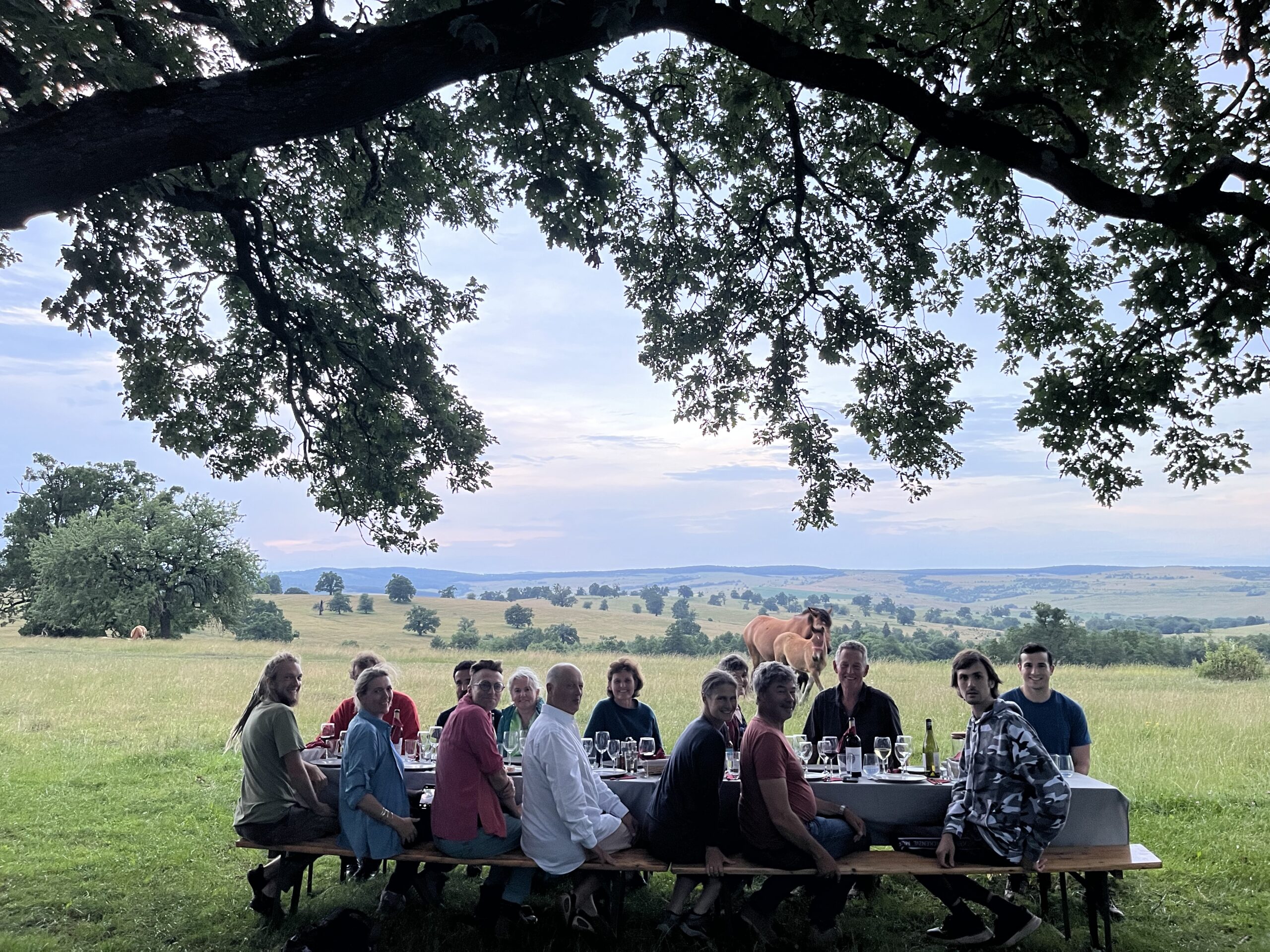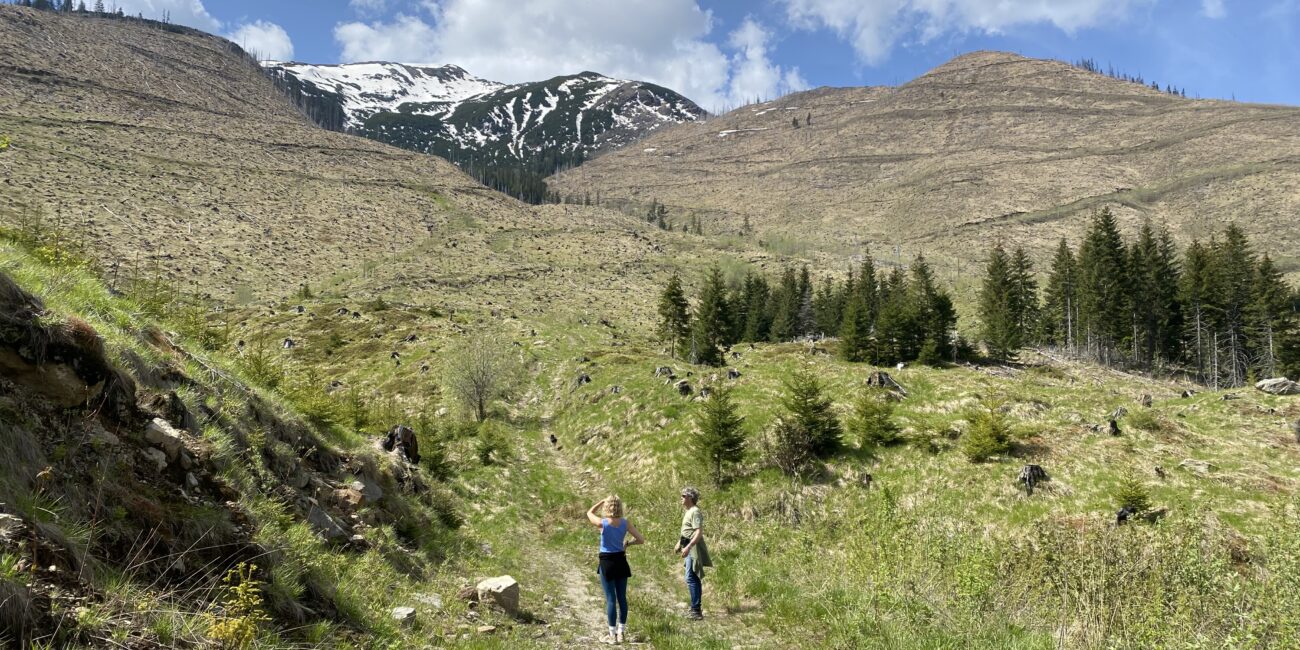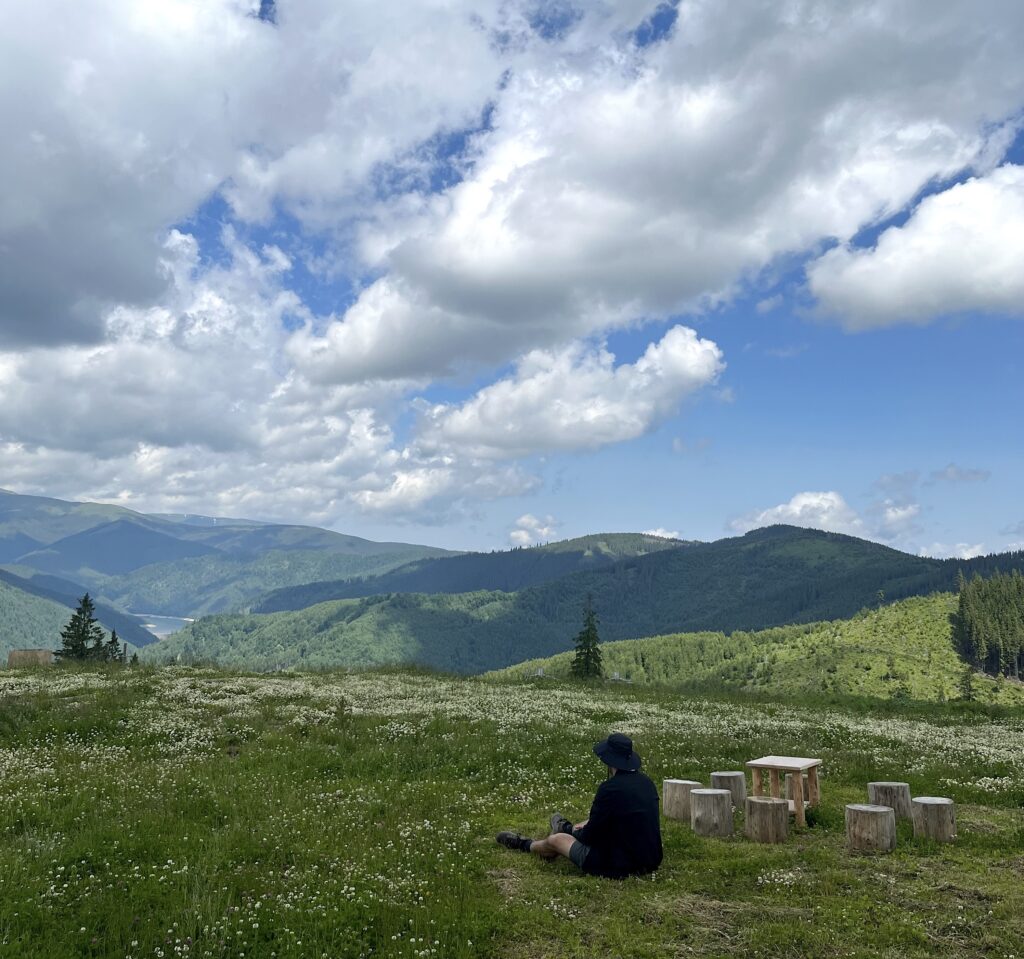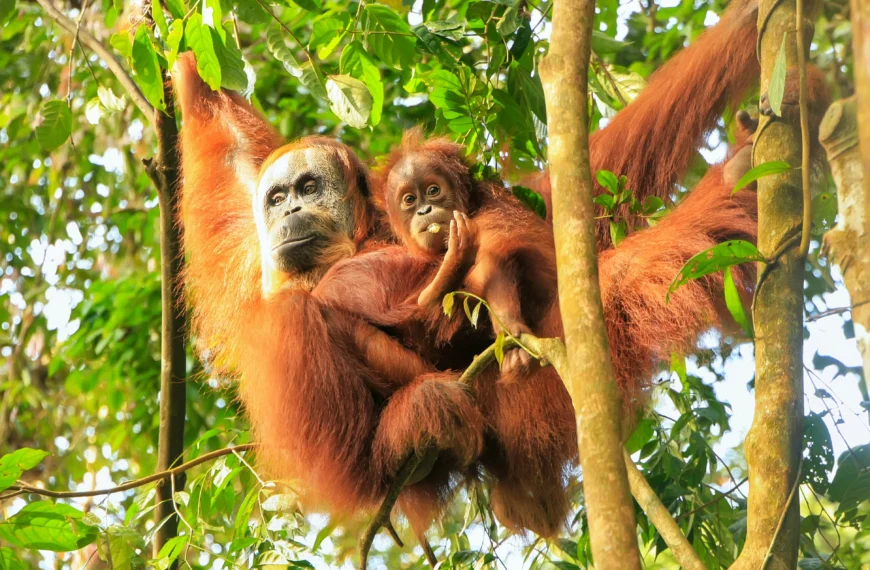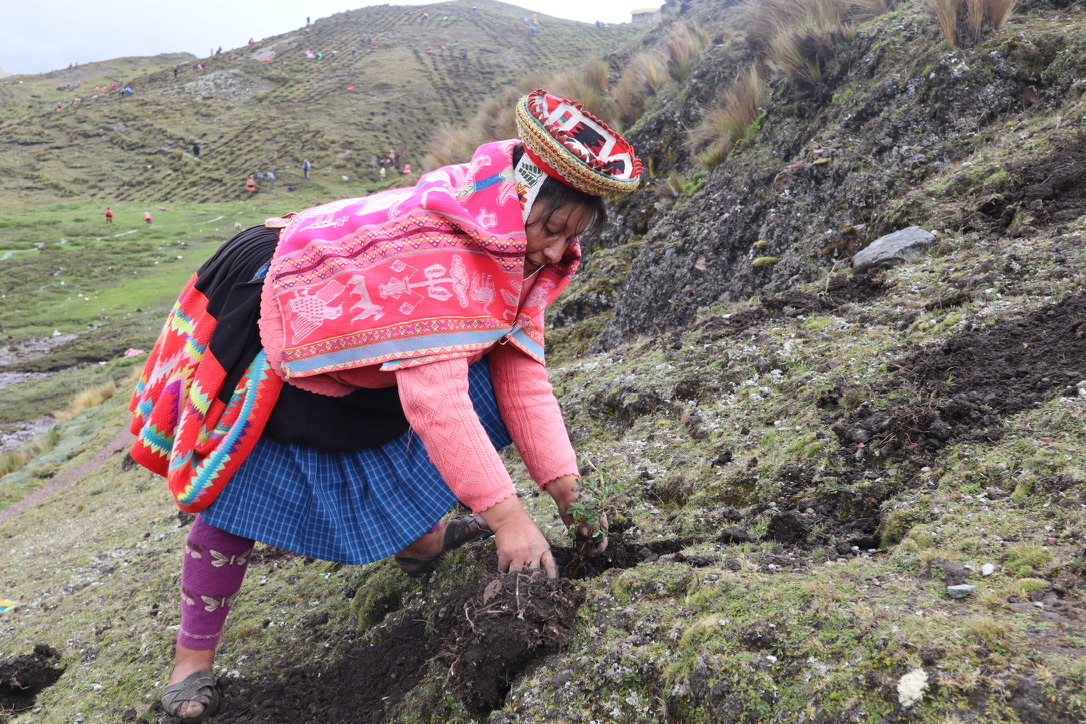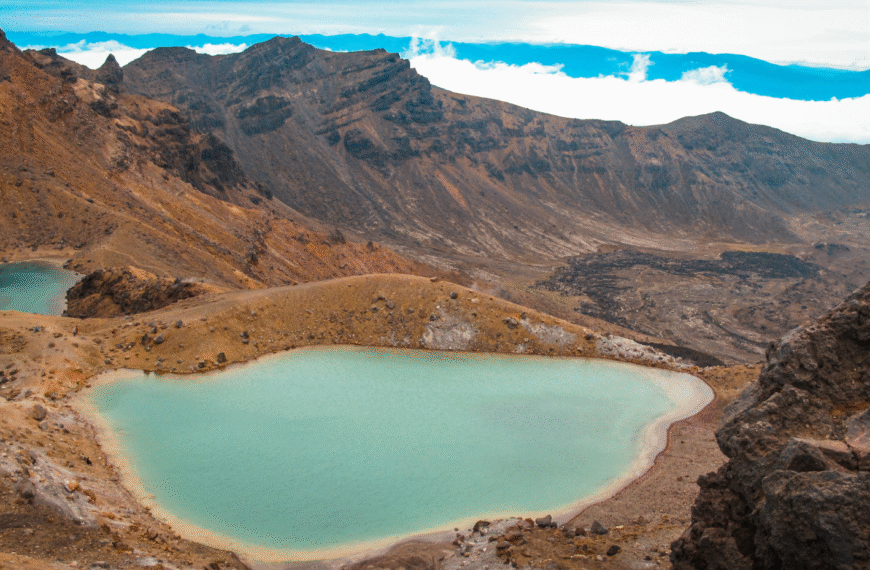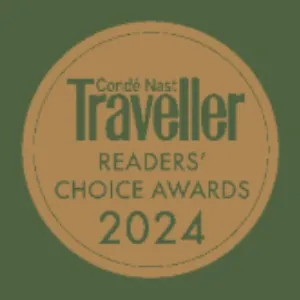Going behind-the-scenes of the creation of a legacy conservation project, Europe’s Yellowstone, hosted by Christoph & Barbara Promberger
It is difficult to put into words the magnificence of this landscape in the heart of the southern Carpathians of Romania. During a walk through the Cremenului Valley, the forest seemed to encompass us, the spring light illuminating each tree and giving a silver glow to the mountain streams. Above the mesmeric sound of the water, we could hear the jolly woop of a cuckoo, the melody of a golden oriole and the sound of a woodpecker peppering the air. As if in a giant amphitheatre and they were conducting a well-rehearsed and enthusiastic performance.
Between 15th – 23rd June 2024, we will return to Carpathia with a small group of guests to experience firsthand the developments a further year of dedicated conservation effort has made to these landscapes. You can register your interest to join the journey here.
The Journey Begins at Cobor Biodiversity Farm
I’ll start at the beginning, at Cobor Biodiversity Farm, where we spent our first evening enjoying sundowners and a hearty BBQ under the oak pastures, feeling very juvenile in the company of ancient trees, some over 700 years old. We were joined by author and rewilding pioneers of Knepp Estate, Isabella Tree and Charlie Burrell, the president of Foundation Conservation Carpathia, and set the world to rights until the candles waned.
The vision: The Făgăraș Mountains are protected in perpetuity, over a surface large enough to allow natural processes to take place, benefit biodiversity and local communities, and serve as a model for a future National Park movement in Romania.
That afternoon, we journeyed to the foothills of the mountains and were greeted by a botanist for an afternoon stroll through the meadows, freckled with oxeye daisies, daisy fleabane, wild peonies and pink orchids. The Transylvanian plateau is one of the most biodiverse places in Europe and with just a few steps into the meadow we could sense this – the kaleidoscope of colours, the sweet scent in the air, bees and fireflies busying around the capitulum as if playing a game of tag.
In the days to follow we ventured deeper into the Făgăraș mountains. We spent a night in a private camp which felt like the top of the world, and were paid a visit by a family of bison – no doubt curious about these two-legged creatures on their mountain turf – while we enjoyed an eight-course dinner by top Romanian chef, Liviu Preda.
The European bison have successfully been reintroduced to this landscape following extirpation. This is one of the reasons that Conservation Carpathia is often hailed as Europe’s Yellowstone.
The rain came, in true spring fashion, and we cosied by a fire while devouring a bountiful lunch and homemade palinca (plum brandy).
We trekked to an area of the forest, so wild and remote it had seen very few other footsteps, and came across a wall furry with moss which appeared to be visibly breathing. We took to the skies for a birds eye view, as Christoph and Barbara shared the ambitious vision of this great project – a 700,000 hectare national park, an exemplary destination for rewilding in Europe. We spotted chamois, a type of mountain goat, skipping through the rhododendron which carpets the Transylvanian Alps as the snow melts.
Andrei, our guide, is an experienced mountaineer from Brasov who enlightened us throughout the week with insights on the region’s wildlife, culture and people (he’s a local, from Brasov). We were also joined by Andres, a Swedish wolf-whisperer who could mimic the sound of over one hundred different bird species. Birdwatching at sunbreak with Andres was an unrivalled immersion into the skies of Romania, and one of the most memorable parts of the journey.
Following the course of a mountain stream we discovered the Groapele valley, the largest clear-cut area of the Făgăraș mountains which had seen devastating illegal logging in the late 1900s and early 2000s and was now bare mountainside, carved into by machine tracks which were used to remove the wood. It was hard to imagine the dense forest that used to exist here, but a consolation to know in a few decades it would return. And when it does, Europe’s Yellowstone will form the largest forest national park on the continent.
Conservation Carpathia are replanting at a rate of 100-150 ha per year, including clear-cuts, alpine grasslands, spruce monocultures, riparian habitats, and some large peat bogs. In this area it is particularly challenging due to the steepness and the thick snow during winter that allows a limited window of opportunity to plant. The plan is to use technology to help with seed disbursement, but this reforestation is no easy feat.
Just outside the village of Nucsoara is an ancient beech forest, with trees of all shapes and sizes, some as large as seven metres in circumference and hundreds of years old. It was here that iconic anti-communist partisan, Elisabeta Rizea, and her companions spent years hiding out, passing notes with the village through the hollow of a willow tree. As part of the conservation effort, Conservation Carpathia worked with the Mayor of Nucsoara to create an ‘adopt a tree’ programme which offers the chance to be connected to a tree through a unique QR code. The programme is called “The Forest of Immortal Stories“. Just another example of the potential for technology in advancing conservation.
Returning to civilisation after five days in the mountains felt foreign. By day five we were floating around in a serene daze, free from the stress or manicness of daily life. It is proof of the transformative effects of nature on the mind, body and soul. Ultimately aided by good food and good organic wine, naturally.
I returned feeling hopeful. Despite the depressing reality of its vulnerability to humans, nature is resilient. Nature can rebound and there is still hope of preserving one of Europe’s last true wildernesses. This rare geographic diversity makes up the continent’s most significant biological corridor. It supports a remarkable variety of flora, over 3,700 species, and more than 3,800 species of fauna including the European bison, wolf, brown bear and Eurasian lynx. A large number of these species, which once thrived in many parts of Europe, are now only found in Romania.
Visiting this project at this moment in time meant engaging with a legacy. Spending time with such visionaries as Christoph and Barbara allowed us extraordinary insights into a groundbreaking conservation project which is shaping the future of Romania, and the planet.
